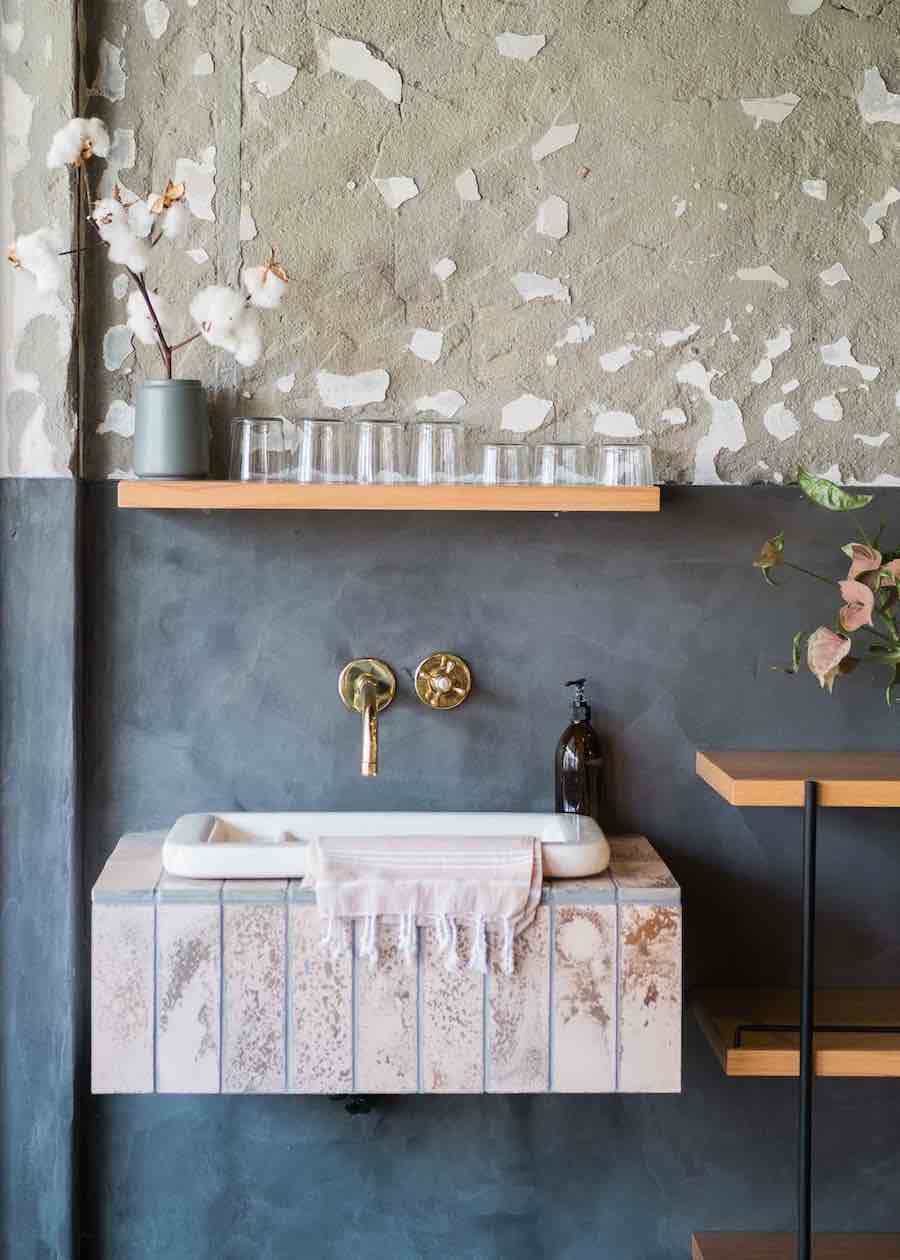When it comes to home renovations, the bathroom often takes center stage. However, for individuals with mobility challenges or disabilities, a standard bathroom design can pose significant obstacles. That’s where accessible bathroom renovations step in, offering practical and thoughtful solutions to enhance comfort and mobility. In this article, we will explore the key considerations and design ideas for creating an accessible bathroom that promotes independence, safety, and a sense of empowerment. Let’s embark on this transformative journey towards a more inclusive and welcoming space.
- The Power of an Open Layout: Embracing Spaciousness
One of the primary goals of accessible bathroom design is to ensure sufficient space for maneuverability. By embracing an open layout, you create a barrier-free environment that accommodates mobility aids such as wheelchairs or walkers. Remove unnecessary obstacles and consider widening doorways to meet accessibility standards. A spacious bathroom not only enhances comfort but also provides a sense of freedom and independence.
- Non-Slip Flooring: Steadfast Surfaces for Enhanced Safety
Safety should be a paramount consideration when designing an accessible bathroom. Opt for non-slip flooring materials, such as textured tiles or slip-resistant vinyl, that provide a firm grip even when wet. These surfaces minimize the risk of slips and falls, offering peace of mind for individuals with mobility challenges. Incorporating contrasting colors between the flooring and walls can also help those with visual impairments navigate the space with ease.
- Grab Bars: Reliable Support Within Reach
Strategically placed grab bars are essential elements of an accessible bathroom. Install sturdy grab bars near the toilet, shower, and bathtub to provide stable support and assist with sitting, standing, and transferring. Ensure that the bars are properly anchored to support the weight of the user and meet accessibility guidelines. By incorporating well-designed grab bars, you can create a safe and empowering environment that promotes independence and confidence.
- Roll-In Showers: Easy Access for All
Traditional bathtubs can be challenging for individuals with mobility issues. Consider replacing them with roll-in showers that feature barrier-free entry, eliminating the need for stepping over raised edges. These showers provide easy access for wheelchair users and those with limited mobility, allowing them to maintain their privacy and independence. Install adjustable showerheads and handheld wands to accommodate different user heights and preferences.
- Height-Adjustable Fixtures: Customized Accessibility
Customizing the height of fixtures within the bathroom can greatly enhance accessibility. Consider installing adjustable-height sinks, toilets, and countertops to accommodate individuals of varying heights or those using mobility aids. This thoughtful design feature ensures that everyone can comfortably and independently use the facilities. Additionally, lever-style faucets and door handles are easier to operate for individuals with dexterity challenges.
- Ample Lighting: Illuminating the Path
Proper lighting is crucial in an accessible bathroom. Ensure that the space is well-lit to minimize shadows and improve visibility, particularly for individuals with visual impairments. Incorporate task lighting near the vanity and shower areas to assist with grooming and personal care. Additionally, motion-activated lighting systems can provide convenience and safety, automatically illuminating the space when someone enters.
Accessible bathroom renovations are an opportunity to create a space prioritizing comfort, safety, and independence. By embracing an open layout, non-slip flooring, grab bars, roll-in showers, customized fixture heights, and optimized lighting, you can design an inclusive bathroom.
For a wide range of accessibility solutions, consider Builders Squad Ltd.
Collaborate with Builders Squad Ltd to create an accessible bathroom that promotes independence and inclusivity.
